
What is Lyme Disease and is it Contagious?
Lyme disease is a multisystemic disease of subacute and chronic course, which is caused by the bacteria Borrelia burgdorferi. This bacterium primarily affects the skin, and it spreads to heart, joints, and central nervous system.
The disease was discovered in the 1975. thanks to the appearance of juvenile arthritis epidemic. Spirochete was isolated from tick in the 1981god. It is a gram negative, spiral wrapped and moveable rod, belonging to the genus of Borrelia and family of Spirohetacea.
Borrelia burgdorferi can be found in tick, rodent and deer. Only ticks are able to transmit bacterium to humans, but also to domestic animals. The disease occurs seasonally from early spring to late fall mainly in people who often reside in the nature professionally or recreationally.
Disease cannot be transmitted from human to human, so it is not contagious. Mother can transmit Lyme disease to her child by breast feeding but this happens rarely. Nursing mothers are advised to interrupt breastfeeding in the period until the disease is cured.
Besides that, pregnant woman affected by this disease can harm her unborn child with antibiotics that cure Lyme disease.
In addition, people infected with this bacterium should not donate blood.
Symptoms
Lyme disease is clinically manifested in the appearance of local swelling and redness at the bite spot and surrounding area in the 3-32 days after the incident. Local redness is warm and generally not painful. In 50% of patients the same changes may occur in other parts of the body, and in 15% of the patients skin changes may be absent. In addition to changes in the skin, fever, chills, malaise, headache and enlarged regional lymph nodes also may occur.If the disease is not recognized and left untreated, the second stage of the disease develops after several weeks. This stadium includes neurological symptoms, pain in the joints and cardiology symptoms.
Also, if these symptoms are ignored, after several months or years the disease enters the third phase with severe neurological outbursts, changes in the joints and skin.
Diagnosis
Diagnosis is based on clinical manifestations and data about tick bite and confirmed by the ELISA and indirect immunofluorescence tests, which reveal IgM antibodies in serum, liquor and synovium.Treatment
Therapy of Lyme disease depends on clinical stage. Each stage of the disease requires a treatment with different antibiotics. Lyme disease is preventable through vaccination and the use of precautionary measures during the stay in nature.

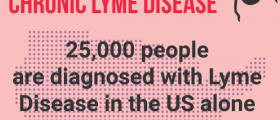
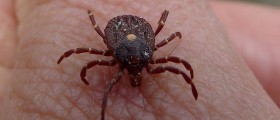
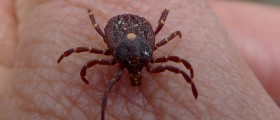



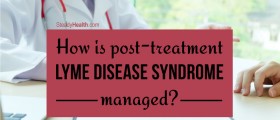


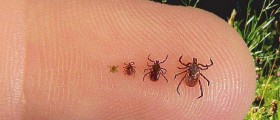




Your thoughts on this
Loading...